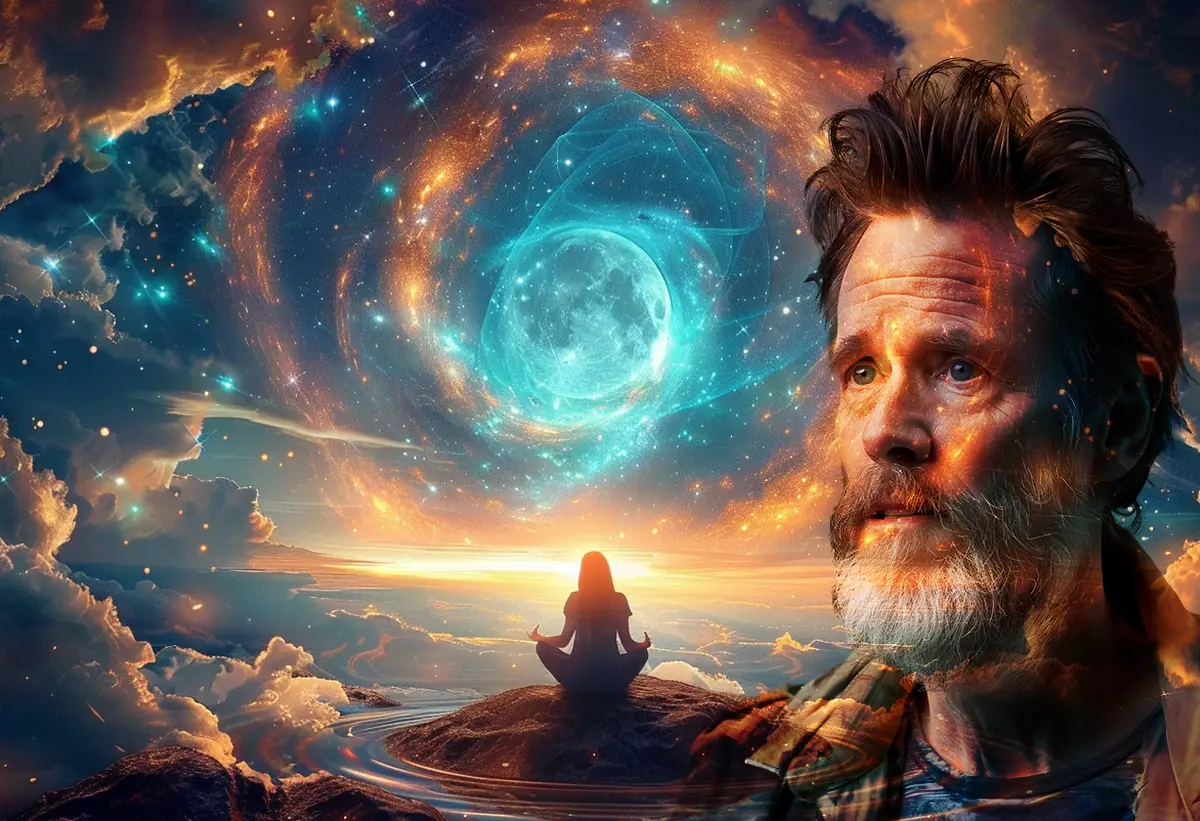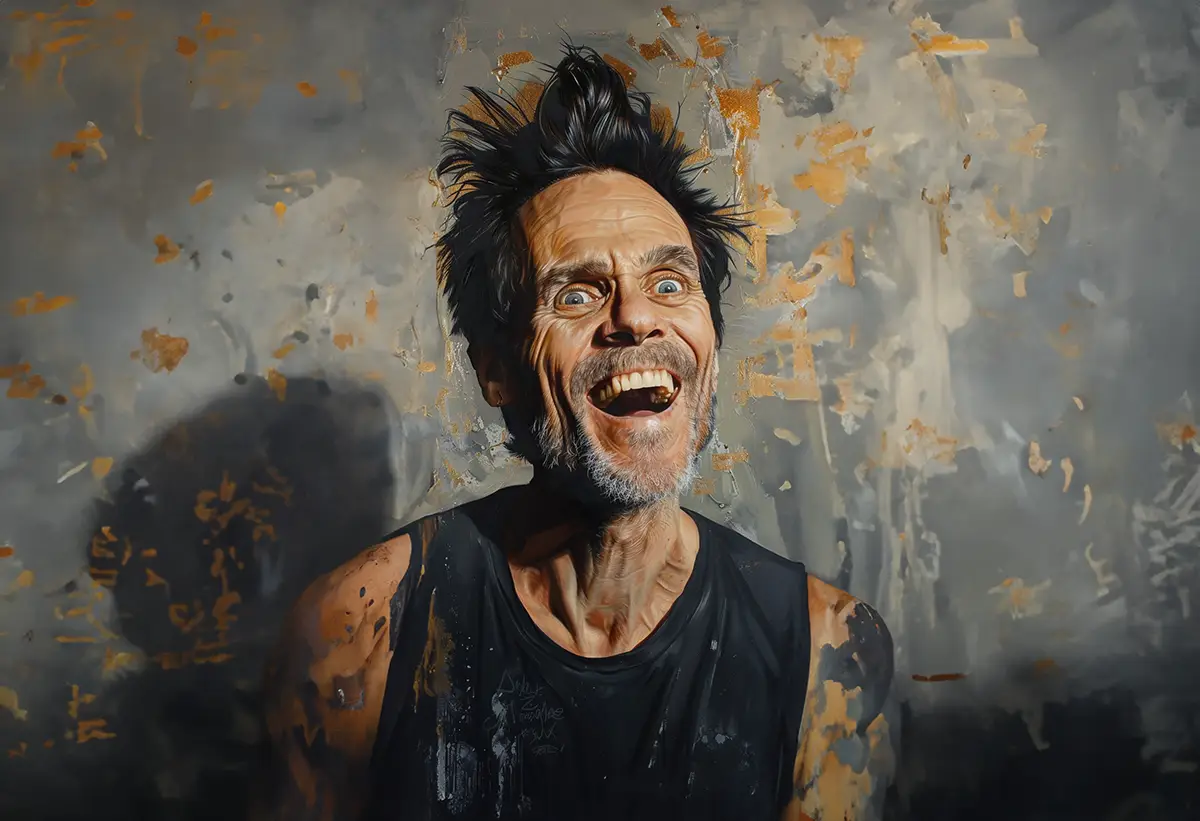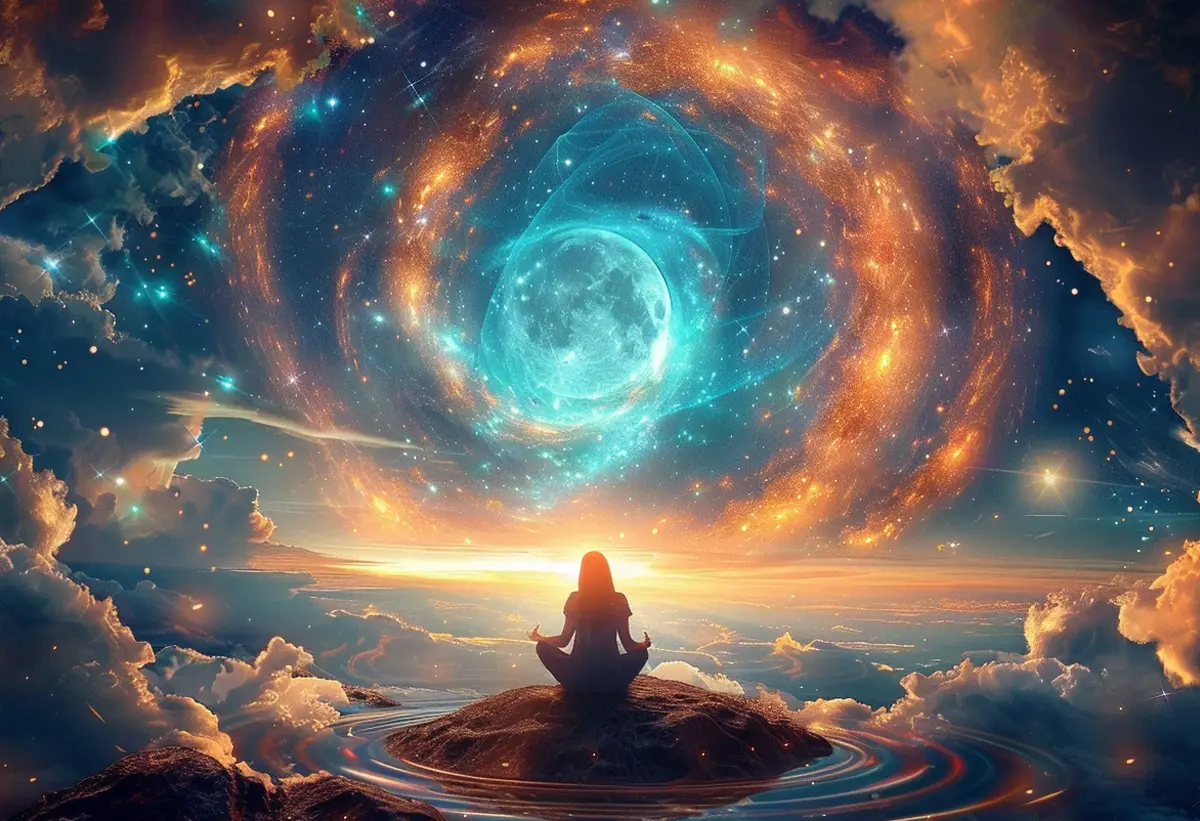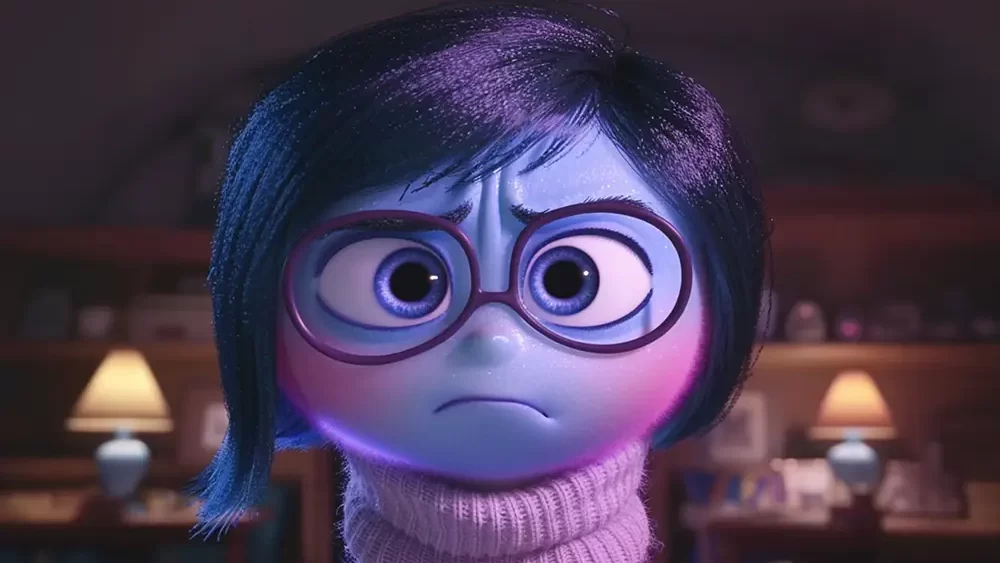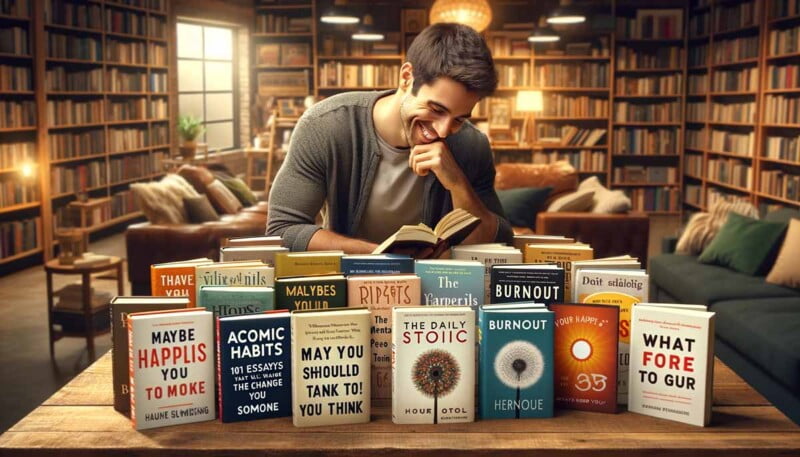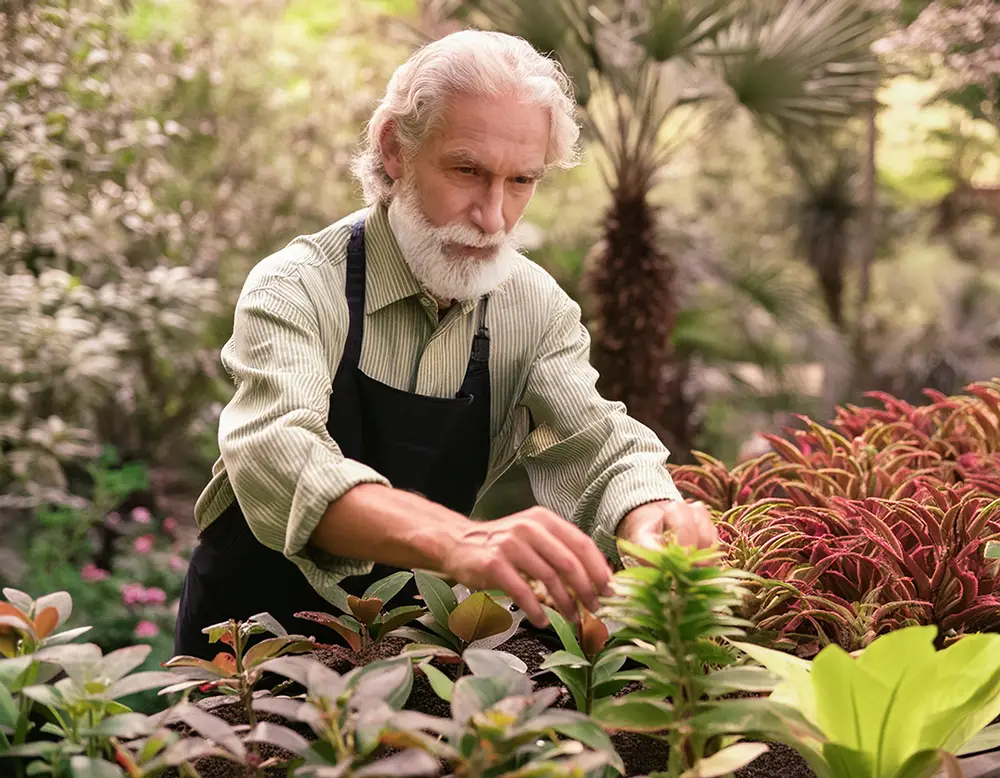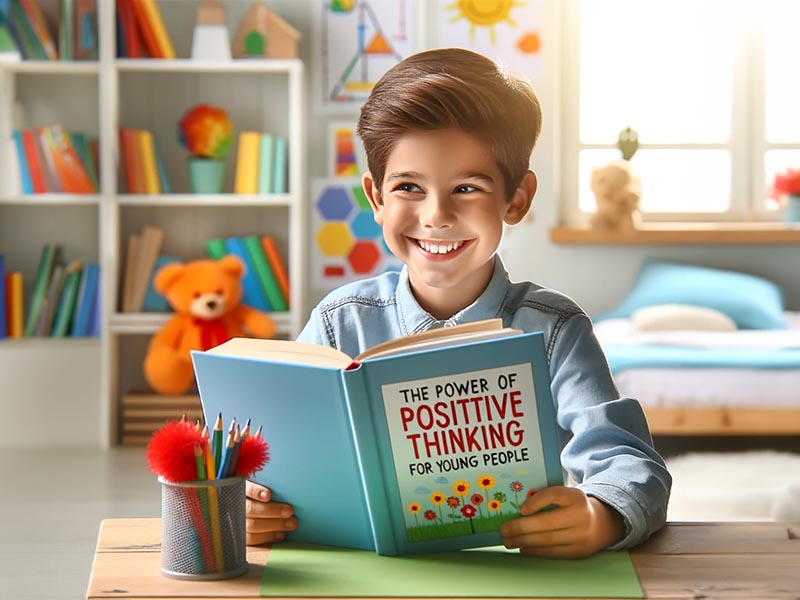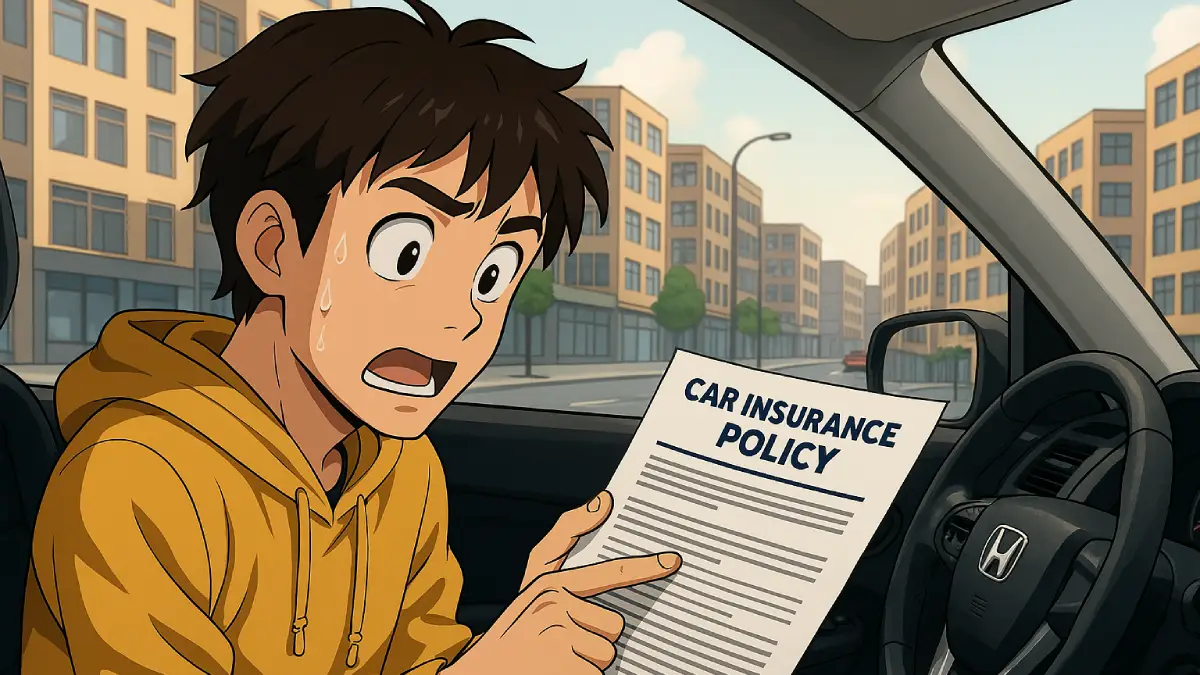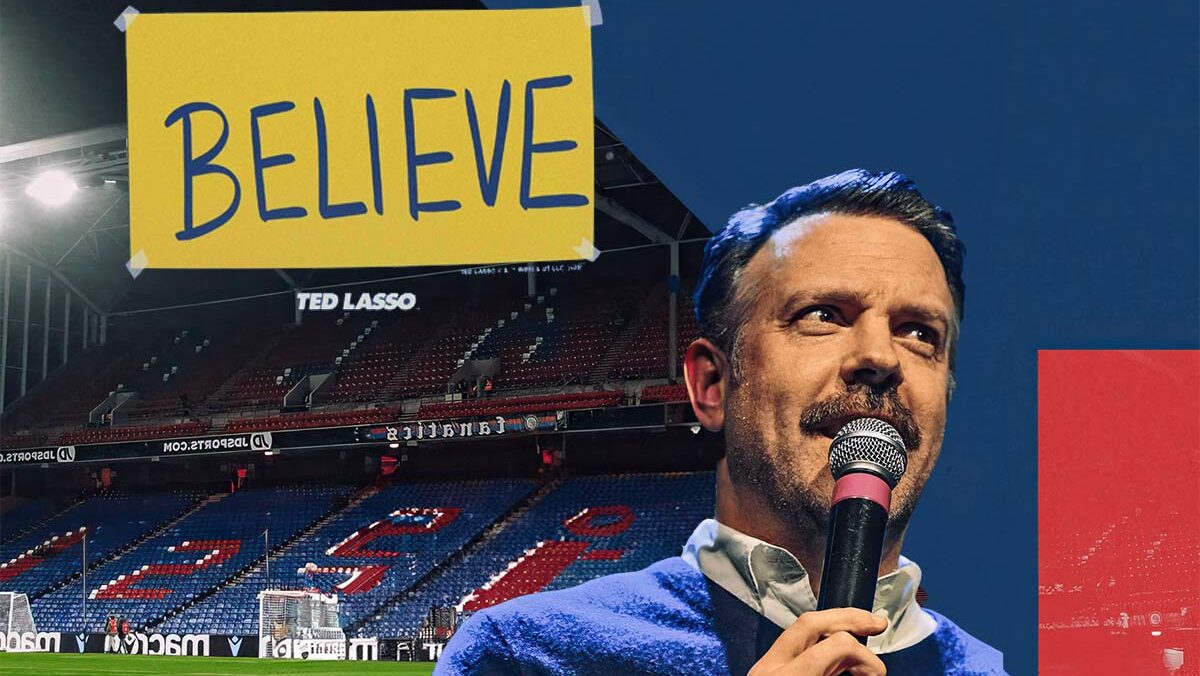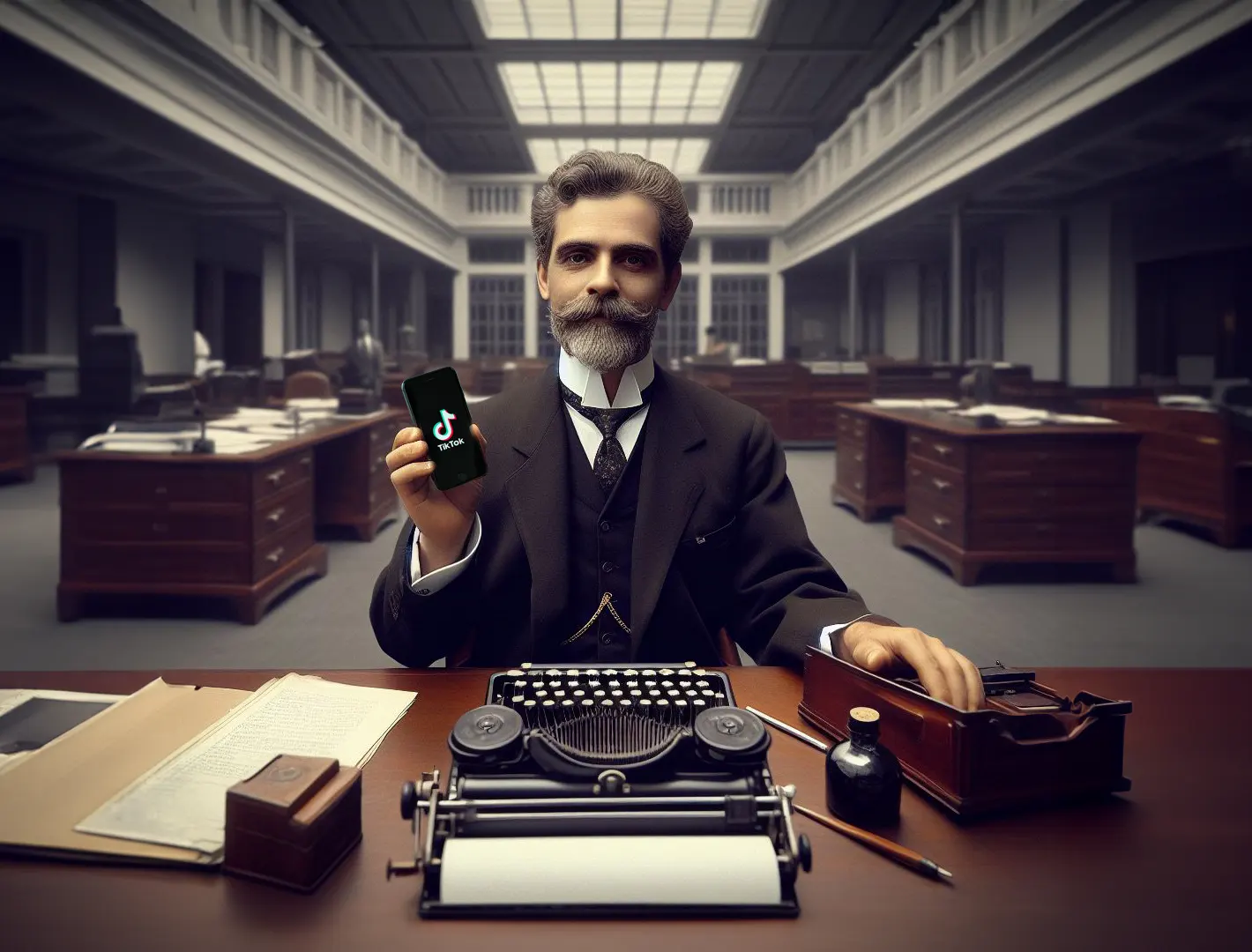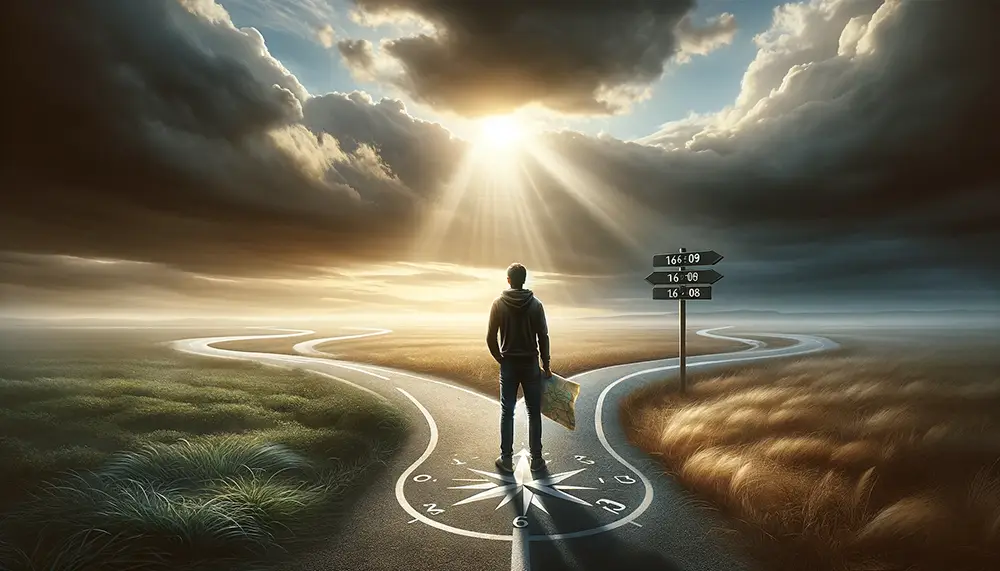Jim Carrey and Oprah Winfrey: Law of Attraction in Action
Jim Carrey and Oprah Winfrey may come from different worlds of entertainment, but they share a guiding principle: the Law of Attraction.
Both have openly talked about using positive thinking and visualization to manifest success in their lives.
While Carrey famously wrote himself a check for $10 million before he made it big, Oprah often credits her success to gratitude, visualization, and affirmations.
For Carrey, it was all about vividly imagining his future success, while for Oprah, her practice leaned into spiritual alignment and personal growth.
Though their approaches differed slightly, the core idea was the same—they believed they could shape their reality with focused intention and belief.
These two powerhouse figures show that, regardless of your background or industry, using the Law of Attraction can help you create the life you desire.
Jim Carrey’s Journey with the Law of Attraction
Jim Carrey famously used visualization and the Law of Attraction to shape his reality. He’s shared his story of writing a check to himself for $10 million while struggling as a young actor, visualizing his success daily.
Carrey used positive affirmations to stay focused on his dreams and trust that the universe would deliver. By 1995, he received that very amount for his role in Dumb and Dumber, which validated the power of belief for him.
“I would visualize having directors interested in me, and people that I respected saying, ‘I like your work’ … It’s about allowing the universe to know what you want and working toward it while letting go of how it comes to pass.”
Oprah Winfrey: Believing in Her Dreams
Like Jim Carrey, Oprah Winfrey has consistently advocated the power of visualization and manifestation.
From a challenging upbringing marked by poverty and abuse, Oprah transformed her life through relentless focus, positive thinking, and hard work. She believes that what you focus on expands, which is one of the core teachings of the Law of Attraction.
Oprah has often talked about keeping a gratitude journal and visualizing her future to manifest her success.
In Oprah’s words:
“The way you think creates reality for yourself. You don’t become what you want, you become what you believe.”
Similarities Between Jim Carrey and Oprah Winfrey
- Early Struggles: Both Jim Carrey and Oprah Winfrey had tough beginnings—Carrey lived in a van for some time, and Oprah faced immense hardship growing up. These challenges didn’t stop them but fueled their desire to change their realities through the Law of Attraction.
- Visualization: Both Carrey and Oprah used visualization to focus on their dreams. Carrey envisioned himself as a successful actor, while Oprah imagined her career as a media mogul long before it became reality.
- Affirmations: Carrey and Oprah embraced daily affirmations, using them to build unshakeable confidence. Oprah constantly reminds people of the importance of saying, “I am,” to claim their power.
- Manifestation of Success: Both stars achieved remarkable success using the Law of Attraction, attributing much of their fame and fortune to the practice of focusing on what they wanted and maintaining a positive mindset.
Key Differences
- Spirituality: While Carrey has embraced the metaphysical aspects of the Law of Attraction, focusing on visualization and positive thinking, Oprah integrates her belief system with a deeper spiritual foundation. She often talks about the universe working through spiritual alignment and inner growth to bring her desires to life.
- Platform and Message: Jim Carrey’s message centers on using the Law of Attraction to overcome personal and career struggles, especially as an artist. Oprah, on the other hand, uses her massive platform to spread messages of personal empowerment through books, TV, and public speaking, combining self-help with a spiritual path toward success.
- Gratitude Practice: Oprah has always placed heavy emphasis on gratitude, encouraging people to actively practice it as a way to open doors to more opportunities. Carrey’s focus has been more on visualization and bringing the specific goals he set for himself into reality.
Expert Perspective
In discussing the Law of Attraction, experts in the field have recognized both Carrey and Oprah for their unwavering belief in the power of positive thinking:
- Bob Proctor, a renowned advocate of the Law of Attraction, once said:
“Jim Carrey and Oprah Winfrey are prime examples of individuals who understand that their thoughts shape their reality. Their success stories are a testament to the power of visualization and belief.”
- Rhonda Byrne, author of The Secret, has often referenced Oprah as a key figure in spreading the Law of Attraction:
“Oprah’s life is the perfect example of how focusing on what you want, expressing gratitude, and trusting the universe can bring about incredible results.”
Conclusion
Both Jim Carrey and Oprah Winfrey exemplify the Law of Attraction, though they approach it from slightly different angles.
Carrey uses visualization and affirmations to manifest his acting success, while Oprah brings in a spiritual element, combining gratitude and positive thinking.
They both prove that mindset and focus can dramatically shape one’s life, transforming hardships into stepping stones for greatness.
Their stories offer valuable lessons for anyone interested in practicing the Law of Attraction—you don’t have to be a celebrity to apply these principles. It’s all about clarity, belief, and taking steps toward what you want, trusting the universe to deliver.
-

 Best Picks10 months ago
Best Picks10 months agoDriving Insurance: Get the Best Car Coverage Without Overpaying
-

 Best Rewards3 months ago
Best Rewards3 months agoBest rewards credit cards in 2025 for everyday use
-

 Personal Growth & Mindset1 year ago
Personal Growth & Mindset1 year agoTed Lasso Effect: 5 Goal-Setting Secrets You Must Know
-

 Career & Success1 year ago
Career & Success1 year ago30 Key Strategies for Growth: Mindset, Productivity & Wellness
-

 Personal Growth & Mindset1 year ago
Personal Growth & Mindset1 year agoMachado de Assis: This Viral TikTok Explains Why You Need to Read ‘The Posthumous Memoirs of Brás Cubas’ Now
-

 Career & Success12 months ago
Career & Success12 months agoChallenges of Not Having Goals: 5 tips to help you get started


